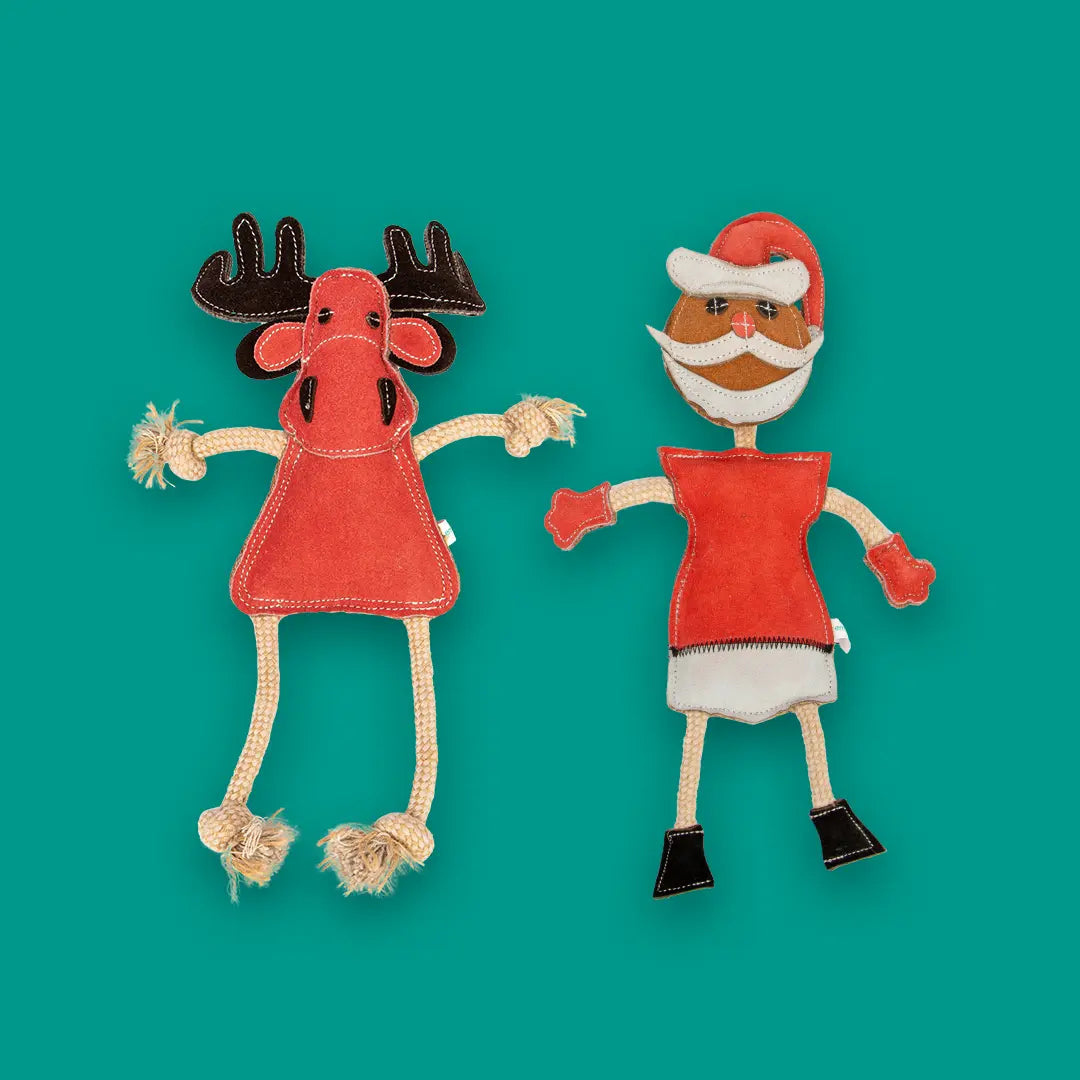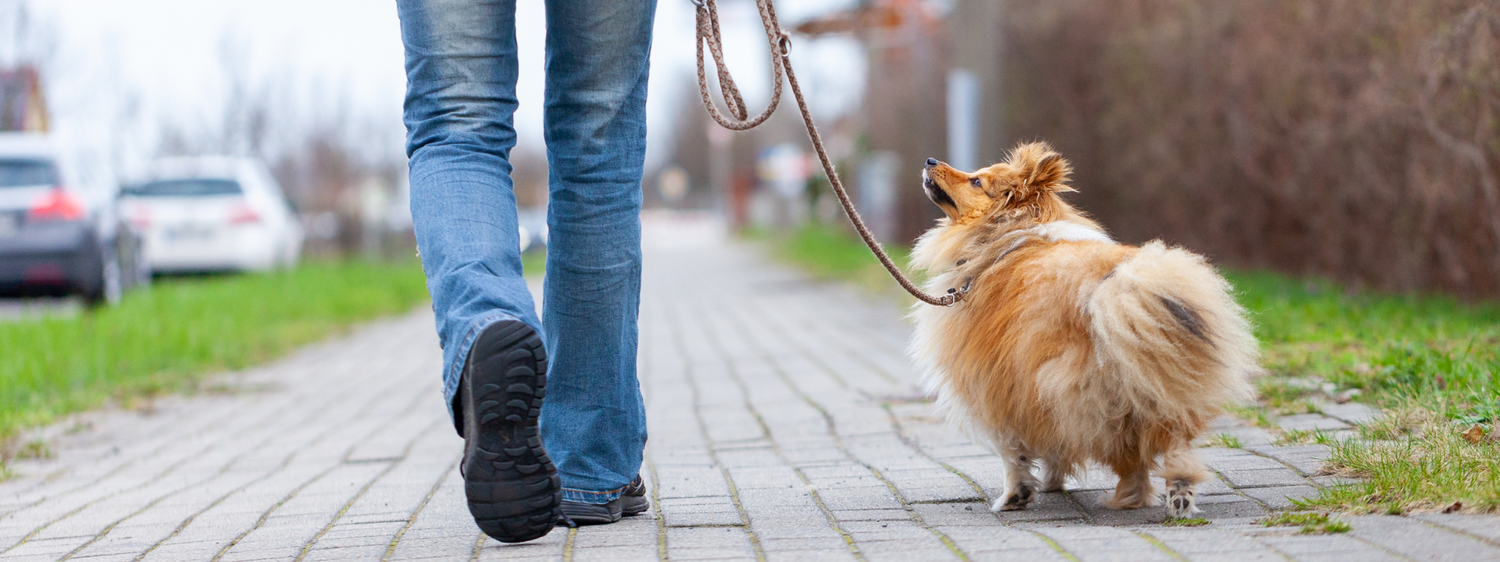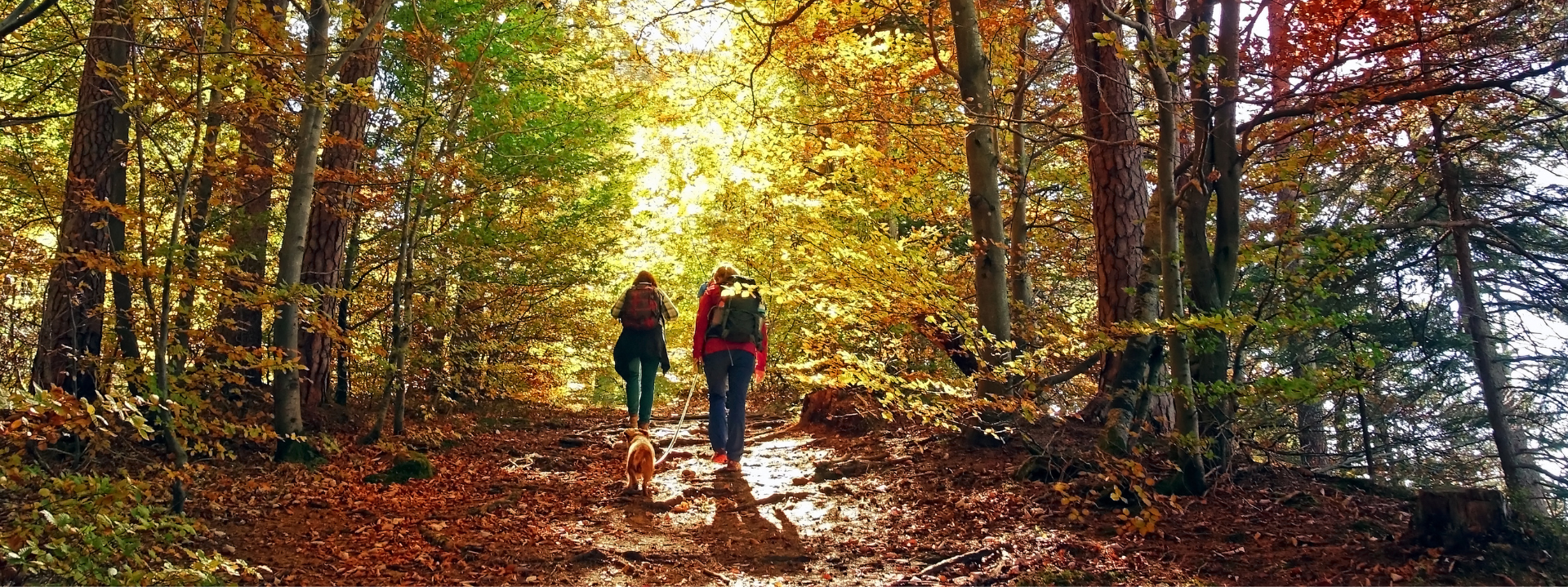Le printemps est une période merveilleuse – la nature s’éveille, les fleurs s’épanouissent et les jours s’allongent. Mais pendant que nous profitons des rayons chauds du soleil, une phase particulièrement sensible commence pour de nombreux animaux sauvages : la période de nidification et de mise bas. De mars à juillet, de nombreuses espèces donnent naissance à leurs petits, ce qui les rend particulièrement vulnérables. C’est précisément pour cette raison qu’il existe dans de nombreuses régions, en plus de l’obligation générale de tenir les chiens en laisse, une obligation de laisse saisonnière que les propriétaires de chiens doivent absolument respecter.
Peut-être t’es-tu déjà demandé pourquoi des règles aussi strictes s’appliquent précisément à cette période ? La réponse est simple : les chiens en liberté peuvent représenter une menace sérieuse pour la faune sauvage. Même si ton chien ne chasse pas activement, sa seule présence suffit souvent à provoquer un stress important. Les lièvres, les faons ou les oiseaux nicheurs au sol comme les faisans et les perdrix comptent sur leur camouflage – s’ils paniquent, ils peuvent abandonner leur cachette et se retrouver sans défense face aux prédateurs ou à d’autres dangers.
Nous avons rassemblé dans cet article tout ce qu’il faut savoir sur la période de nidification et de mise bas.
Pourquoi l’obligation de laisse est si importante au printemps :
- Éviter le stress des animaux sauvages : Un faon effrayé ou une cane qui s’enfuit peut faire la différence entre la vie et la mort pour les petits.
- Protection des jeunes animaux : De nombreux animaux sauvages abandonnent leurs petits en cas de fortes perturbations – un chien en liberté peut donc involontairement causer des orphelins.
- Sécurité pour ton chien : Certains animaux sauvages ne fuient pas seulement, mais peuvent aussi attaquer – notamment les sangliers avec leurs marcassins peuvent être dangereux.
- Prévention des conflits hors période de nidification : Tous les promeneurs ne sont pas amis des chiens. Si ton chien se promène sans contrôle en forêt, cela peut provoquer des désagréments avec les forestiers ou d’autres amoureux de la nature.
En bref : l’obligation de laisse au printemps n’est pas une contrainte, mais une contribution importante à la protection de la nature. Avec un peu de considération et de prudence, tu peux non seulement aider les animaux sauvages, mais aussi garantir une cohabitation harmonieuse entre l’homme et la nature.
Comment occuper ton chien de manière adaptée même en laisse
Tu te demandes peut-être maintenant : « Mais mon chien a besoin de bouger – comment faire pour qu’il soit suffisamment stimulé pendant la période de nidification et de mise bas s’il ne peut pas courir librement ? » Pas d’inquiétude, même en laisse tu peux offrir à ton compagnon de nombreuses activités sans mettre en danger la faune.
Un chien en laisse ne signifie pas forcément ennui – bien au contraire ! Il existe de nombreuses façons de rendre les promenades variées et de favoriser la stimulation mentale et physique de ton chien :
- Promenades olfactives : Plutôt que de courir sur plusieurs kilomètres, laisse ton chien utiliser son nez de manière ciblée. Le flair est extrêmement fatigant et satisfaisant pour les chiens – cela les fatigue autant qu’une course libre dans les prés. Laisse-le explorer de nouvelles odeurs et introduis de petits jeux de recherche avec des friandises ou des jouets.
- Entraînement à la laisse et contrôle des impulsions : Profite de ce temps pour travailler la marche au pied avec ton chien. Reste-t-il calme même s’il sent un animal sauvage ? Peut-il se concentrer malgré la présence d’autres chiens ? Une excellente occasion d’entraîner le contrôle des impulsions !
- Incorporer des commandes interactives : Pendant la promenade, fais exécuter à ton chien des ordres comme « assis », « couché », « reste » ou « regarde ». Les rotations, les slaloms ou les petits sauts par-dessus des branches tombées maintiennent aussi son esprit en éveil.
- Utiliser une longe ou une laisse flexible : Si c’est permis, une longue laisse offre plus de liberté de mouvement tout en gardant le contrôle. Veille à ce qu’il ne puisse pas entrer dans les buissons ou les prairies.
- Activités ciblées à l’intérieur : Si ton chien ne peut pas se dépenser suffisamment dehors, des jeux complémentaires pour la maison – des jeux de réflexion, des exercices de rapport ou des jouets d’intelligence – sont une excellente alternative.
Un chien bien occupé sera non seulement plus calme et équilibré, mais aussi plus heureux – sans courir librement dans la nature.
Les zones à éviter pendant la période de nidification et de mise bas
Il n’y a pas toujours une obligation générale de laisse, mais en tant que propriétaire responsable, tu devrais respecter particulièrement les zones sensibles même sans règlementation. Certains endroits sont des refuges absolus pour la faune sauvage – la prudence est donc de mise :
- Les prairies avec de hautes herbes : Les faons s’y couchent instinctivement à plat ventre et comptent sur leur camouflage. Ils ne peuvent pas se défendre et sont complètement vulnérables s’ils sont effrayés.
- Les forêts avec des fourrés denses : C’est souvent là que se cachent lièvres, sangliers ou oiseaux nicheurs au sol. Un chien qui court dans les broussailles peut détruire involontairement des nids entiers.
- Les zones humides et les berges : Les canards et les oies nichent souvent au bord de l’eau. Là aussi, les chiens peuvent provoquer un stress important même sans chasser.
- Les réserves naturelles : Là, une obligation stricte de laisse s’applique généralement – et pour de bonnes raisons ! Ces zones protégées sont souvent les derniers refuges d’animaux sauvages menacés.
Si tu n’es pas sûr des règles dans ta région, consulte le site internet de ta commune ou de l’association locale de protection de la nature. Beaucoup de villes proposent des cartes indiquant les zones avec obligation de laisse.
Pourquoi les chiens peuvent être un danger même s’ils ne chassent pas
Tu te dis peut-être : « Mon chien n’est pas intéressé par les animaux sauvages » ou « Il ne chasse pas, alors quel est le problème ? » – ce qui est compréhensible, mais malheureusement pas tout à fait vrai. Même si ton chien ne chasse pas et ne poursuit pas les chevreuils ou les lièvres, il peut quand même représenter un danger sérieux pour la faune sauvage – et cela sans le vouloir.
Les chiens laissent plus de traces qu’on ne le pense. Même si ton compagnon ne fait que marcher tranquillement dans une prairie, son odeur peut y rester plusieurs jours. Beaucoup d’animaux sauvages ont des sens très fins – lorsqu’ils détectent l’odeur d’un chien, ils considèrent cette zone comme dangereuse et l’évitent. Cela peut être particulièrement tragique pendant la période de nidification, lorsque les mères laissent leurs petits dans des cachettes supposées sûres.
Un autre risque est que les mères paniquées abandonnent leurs petits. Un faon qui se couche instinctivement dans l’herbe haute ne bougera pas – même si un chien est juste à côté. Mais la présence d’un animal inconnu peut suffire à effrayer la mère, qui ne revient pas. Sans leur mère, les petits ont peu de chances de survie.
Il ne faut pas non plus sous-estimer le danger des mouvements brusques. Même un saut joyeux de ton chien peut causer des dégâts. Un chien qui court dans les buissons ou l’herbe haute peut écraser un nid ou blesser des petits sans que personne ne s’en aperçoive. Beaucoup d’oiseaux nicheurs déposent leurs œufs au bord des bois ou dans les prairies – un seul sprint incontrôlé peut détruire tout un nid.
En résumé : même le chien le plus pacifique peut involontairement causer de gros dégâts. Les animaux sauvages sont particulièrement sensibles pendant la période de nidification et de mise bas – il est donc très important de respecter la nature avec attention et prudence. Un chien tenu en laisse pendant cette période protège non seulement les animaux sauvages, mais aide aussi à préserver l’équilibre naturel.
La considération rend le printemps plus agréable pour tous
Le printemps est une saison magnifique – et avec un peu d’attention, nous pouvons faire en sorte que les humains, les chiens et les animaux sauvages en profitent tous ensemble. L’obligation de laisse au printemps peut sembler contraignante pour beaucoup de propriétaires, mais avec les bonnes activités, ton chien sera quand même heureux et équilibré. En même temps, tu contribues à la protection de la nature. Respecte les règles, respecte la nature et profite de ta sortie avec ton chien – de manière responsable et avec considération pour les petits animaux sauvages qui font leurs premiers pas dans la vie.


















